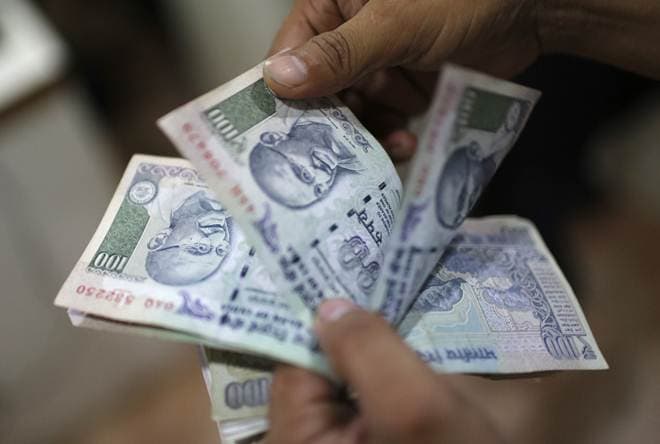- By Mekhla Anand, Rupa Roy
Union Budget 2019 India: The Goods and Services Tax (“GST”) regime as on date reflects divergence in levy, thresholds and incentives, and is not completely aligned with its initial intent and objectives. Therefore, a relook into the GST scheme seems to be the need of the hour to create a seamless and streamlined tax regime. While the GST related recommendations are within the purview of the GST Council, it leaves a fairly limited role for the Government for announcing changes in the indirect tax landscape in its annual budget. Therefore, the expectations from the new Government’s budget revolve mainly around announcing a road map for streamlining the following issues:
Rationalisation of GST rates and slabs
While the Government has expressed its intent to consolidate multiple tax slabs, India appears to have miles to go before it achieves its objective of ‘one nation, one tax’. The GST tax structure in India still has as many as six tax rate slabs, making it one of the most complex tax structures in the world.
The GST Council has been continuously working towards pruning of GST rates on goods and services. However, since such changes are being done in a piece meal manner, it has led to a state of confusion amongst the industry and catered to a potential start for prolonged litigation. Therefore, it is hoped that the Government will do a holistic review of the tax structure and spell out a concrete road map towards rationalisation of the same besides avoiding frequent changes in the GST rates.
Also read: Budget 2019: Bond traders may forgive Modi’s Budget miss as growth under threat
Inclusion of petroleum, alcohol and other non-GST items
The core challenge faced by the industry is the plethora of effective rates, taxes and cesses due to the exclusion of various products such as petroleum products (including high speed diesel and natural gas), alcohol, etc. The GST Council has time and again hinted that steps would be taken to include a few petroleum products within the ambit of GST. Considering that several representations have been made before the Government in this regard, it is hoped that the Government would lay down concrete steps for the inclusion of such items under GST.
Inclusion of real estate taxes or levies
Currently, the power to levy stamp duty on real estate transactions lies with the States, leading to cascading of taxes and a rise in generation of unaccounted cash. Inclusion of real estate as a whole into GST would bring more transparency and regulation in this sector along with a probable reduction in prices of real estate.
While the Government has announced its intention of inclusion of real estate, it is hoped that the Government would also set a course for subsumation of these taxes within GST. A streamlined GST regime demands action oriented plans as well as transparency on the status of developments of such plans. With the same Government in power, it is hoped that the continuity in Government would provide an impetus in the right direction to make GST law simpler and seamless.
Mekhla Anand is Partner and Rupa Roy is Associate, Cyril Amarchand Mangaldas. The views expressed are the authors’ own.


